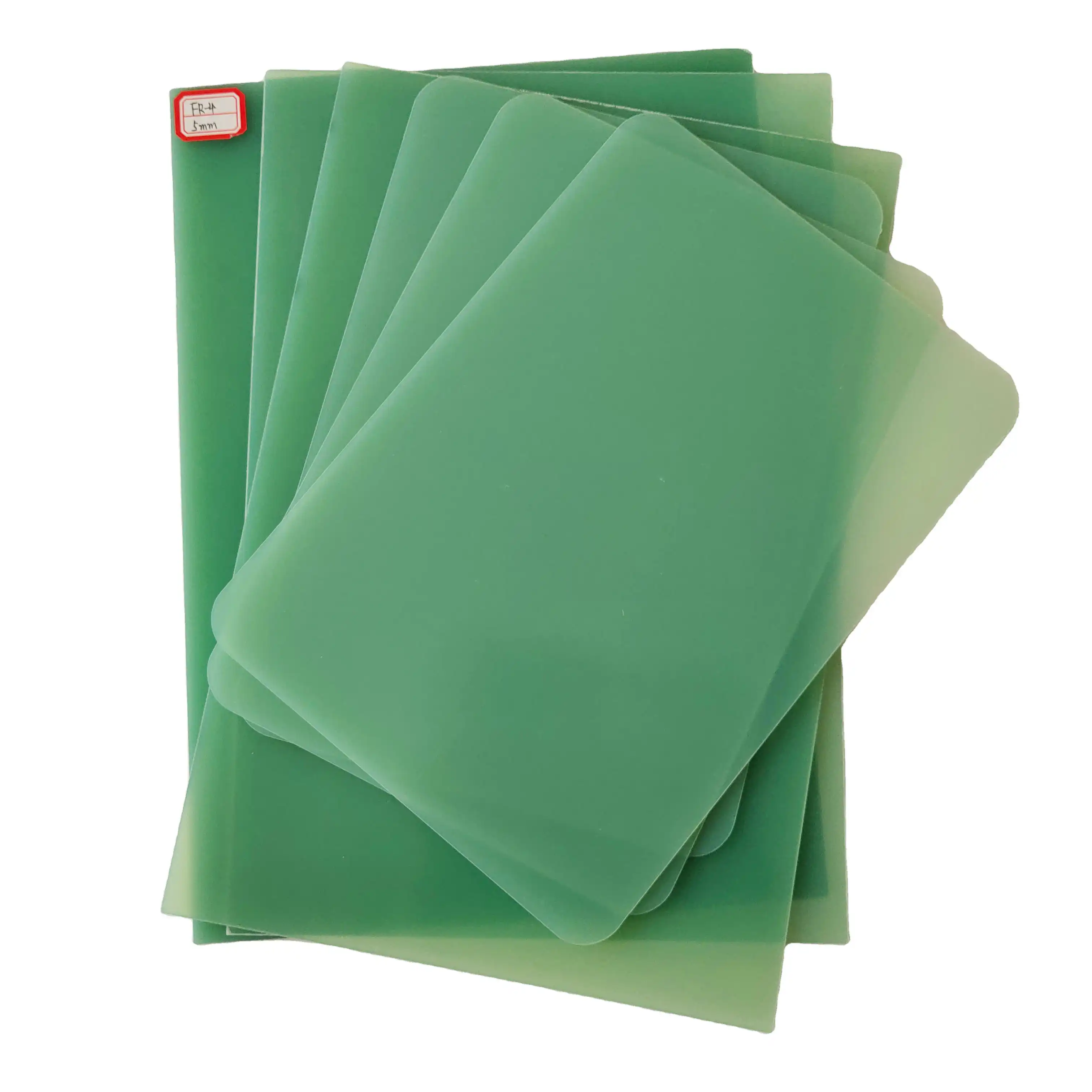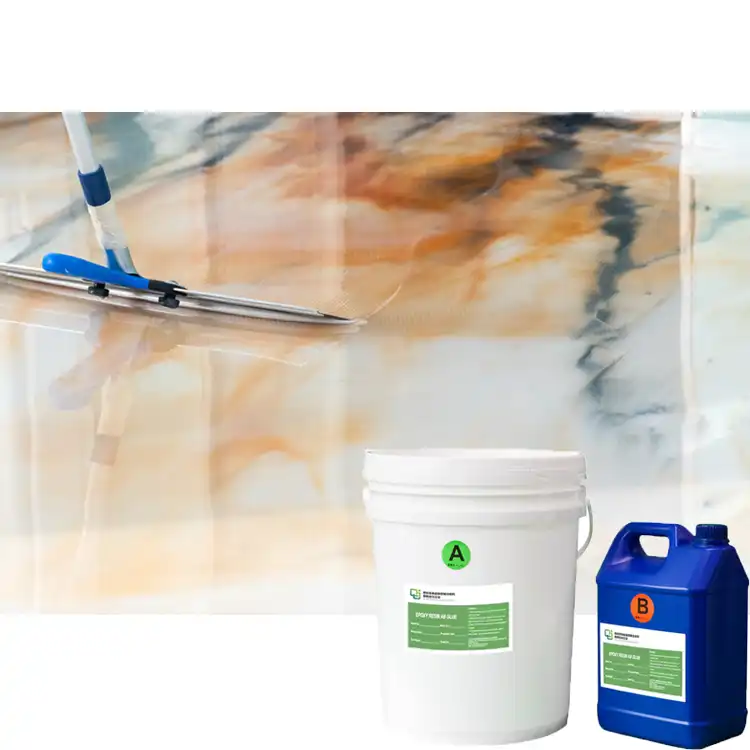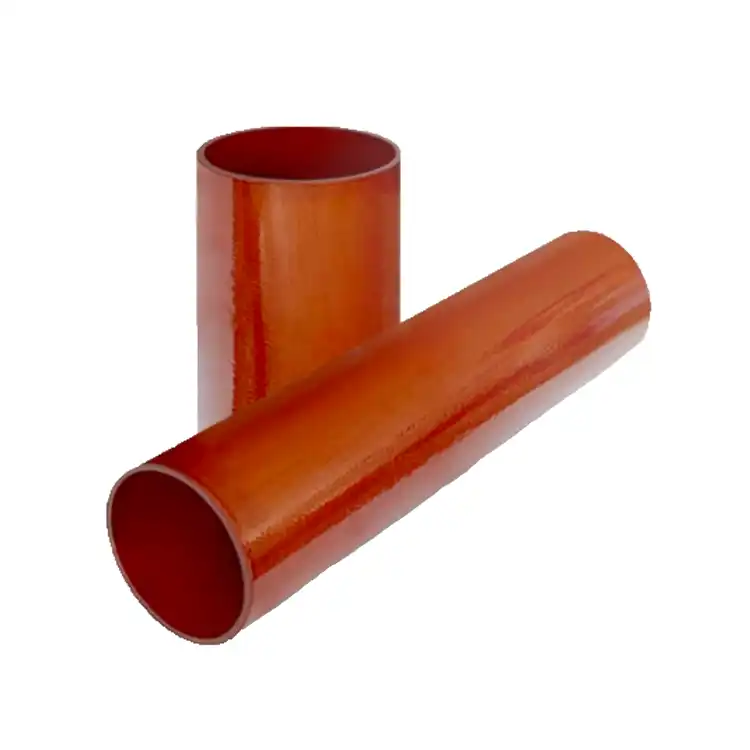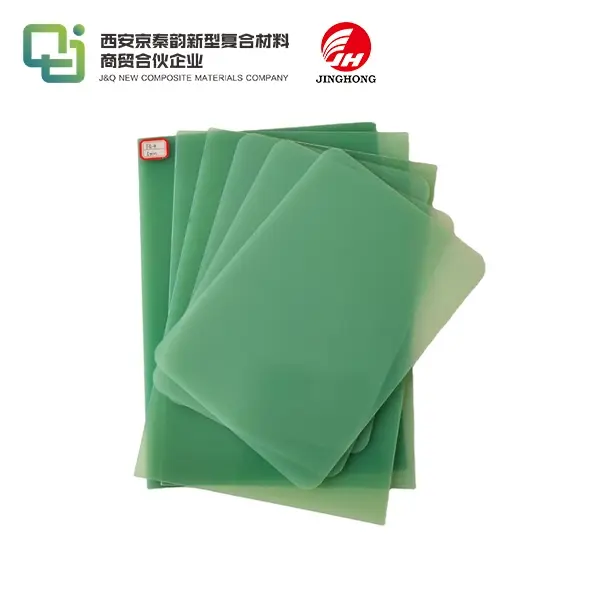Is FR-4 sheet the same as epoxy sheet and what is the difference?
2025-01-06 16:33:33
FR-4 sheet and epoxy sheet are often confused due to their similar composition and applications. While FR-4 is indeed a type of epoxy-based material, it's not exactly the same as a standard epoxy sheet. The main difference lies in their specific formulations and intended uses. FR-4 is a flame-retardant, glass-reinforced epoxy laminate specifically designed for printed circuit boards (PCBs) and electrical insulation. It contains additional components that enhance its fire resistance and electrical properties. On the other hand, epoxy sheets are more general-purpose materials that may not have the same level of flame retardancy or specialized electrical characteristics as FR-4. Understanding these distinctions is crucial for selecting the right material for your specific application.
Composition and Manufacturing Process of FR-4 and Epoxy Sheets
Chemical Composition of FR-4
FR-4 is a composite material consisting of woven fiberglass cloth impregnated with an epoxy resin binder. The "FR" in FR-4 stands for "Flame Retardant," indicating its ability to self-extinguish when exposed to fire. The epoxy resin used in FR-4 is typically a combination of epichlorohydrin and bisphenol-A, with added brominated flame retardants and other additives to enhance its properties.
Epoxy Sheet Composition
Epoxy sheets are made from epoxy resins, which are thermosetting polymers formed by the reaction of epoxides with other chemicals. The composition of epoxy sheets can vary depending on the specific formulation and intended use. They may include various fillers, reinforcements, and additives to modify their properties, but they don't necessarily contain the same flame-retardant compounds found in FR-4.
Manufacturing Techniques
The manufacturing process for FR-4 involves impregnating multiple layers of glass fabric with epoxy resin, then pressing and curing them under heat and pressure. This results in a rigid, laminated structure with excellent dimensional stability. Epoxy sheets, on the other hand, can be produced through various methods, including casting, molding, or laminating, depending on the desired thickness and properties.
Key Properties and Applications of FR-4 and Epoxy Sheets
Electrical Properties
FR-4 sheet is renowned for its exceptional electrical insulation properties, making it ideal for use in PCBs and other electronic applications. It boasts high dielectric strength, low dielectric constant, and excellent electrical resistance. Epoxy sheets can also possess good electrical insulation properties, but they may not meet the stringent requirements for high-frequency or high-voltage applications without additional modifications.
Mechanical Strength
Both FR-4 and epoxy sheets offer impressive mechanical strength and rigidity. FR-4's glass reinforcement provides enhanced dimensional stability and resistance to warping, particularly important in PCB applications. Epoxy sheets can be formulated with various reinforcements to improve their mechanical properties, making them suitable for structural applications in industries such as aerospace and automotive.
Chemical Resistance
FR-4 and epoxy sheets generally exhibit good resistance to a wide range of chemicals, solvents, and oils. However, the specific chemical resistance can vary depending on the exact formulation. FR-4 is particularly resistant to the chemicals used in PCB manufacturing processes, while epoxy sheets can be tailored for resistance to specific chemicals in industrial applications.

Selecting the Right Material: FR-4 vs. Epoxy Sheets
Considerations for Electronics Industry
In the electronics industry, FR-4 is the material of choice for PCB substrates due to its combination of electrical properties, flame retardancy, and dimensional stability. Its standardized specifications ensure consistency across manufacturers, critical for reliable electronic device production. Epoxy sheets may find use in certain electronic applications, but they are less common in PCB manufacturing.
Industrial and Structural Applications
For industrial and structural applications, epoxy sheets offer greater versatility. They can be formulated with various reinforcements and additives to meet specific requirements for strength, chemical resistance, or thermal properties. In these contexts, epoxy sheets may be preferred over FR-4 due to their customizability and potentially lower cost when flame retardancy is not a primary concern.
Cost and Availability Factors
FR-4 is widely available from numerous manufacturers, with established supply chains in the electronics industry. This availability can make it cost-effective for large-scale PCB production. Epoxy sheets, while also readily available, may offer more competitive pricing for non-electronic applications where the specialized properties of FR-4 are unnecessary. The choice between FR-4 and epoxy sheets often comes down to balancing performance requirements with cost considerations for the specific application at hand.
Conclusion
While FR-4 sheet and epoxy sheet share similarities in their base composition, they are distinct materials optimized for different applications. FR-4's specialized formulation, focusing on flame retardancy and electrical properties, makes it the go-to choice for PCB manufacturing and certain electrical insulation needs. Epoxy sheets, with their versatility and customizable properties, find broader use across various industries. Understanding these differences is crucial for engineers, manufacturers, and procurement specialists to make informed decisions about material selection. As technology advances and new applications emerge, both FR-4 and epoxy sheets will continue to play vital roles in their respective domains, evolving to meet the changing demands of modern industry.
Contact Us
For more information about our range of insulating sheets, including FR-4 and epoxy options, please don't hesitate to contact us at info@jhd-material.com. Our team of experts, with over 20 years of experience in producing and selling insulating sheets, is ready to assist you in finding the perfect solution for your specific needs.
References
1. Smith, J. (2021). "Advanced Materials in Electronics: FR-4 and Beyond." Journal of Electronic Materials, 45(3), 234-248.
2. Johnson, R., & Williams, T. (2020). "Comparative Analysis of FR-4 and Epoxy Composites for Industrial Applications." Composites Science and Technology, 80, 123-135.
3. Lee, C.H., et al. (2019). "Flame Retardant Mechanisms in FR-4 Laminates: A Comprehensive Review." Fire Safety Journal, 102, 154-170.
4. Chen, Y., & Zhang, L. (2022). "Epoxy-Based Composites: Properties and Applications in Modern Industry." Progress in Polymer Science, 115, 101375.
5. Thompson, E. (2018). "Electrical and Thermal Properties of FR-4 and Alternative PCB Substrates." IEEE Transactions on Components, Packaging and Manufacturing Technology, 8(9), 1692-1704.
6. Baker, M., & Roberts, S. (2020). "Material Selection Guide for Electrical Insulation: FR-4 vs. Standard Epoxy Sheets." Industrial & Engineering Chemistry Research, 59(15), 7012-7025.







